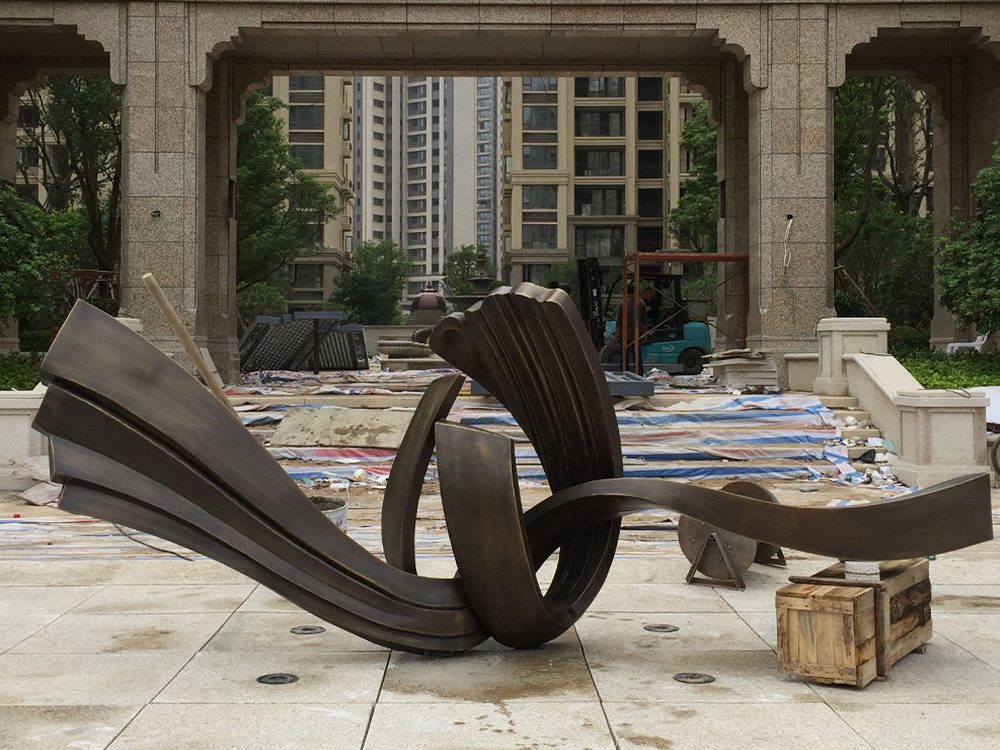
Stone sculptures possess a unique ability to bridge the gap between visual art and physical interaction, inviting viewers to experience art through touch. Unlike paintings or digital media, the textured surfaces of stone—whether rough-hewn or polished—create an immediate sensory dialogue. The tactile experience transforms passive observation into active engagement, allowing viewers to "feel" the artist's process and the material's natural qualities.
The weight, temperature, and grain of stone communicate stories beyond visual aesthetics. A viewer's fingertips might detect the chisel marks of a Renaissance master or the smooth curves of a modernist abstraction, forging an intimate connection with the artwork’s creation. Museums increasingly encourage tactile exploration with designated touch exhibits, recognizing how touch deepens emotional resonance and accessibility for visually impaired audiences.
Scientific studies reveal that tactile interaction activates memory centers in the brain, making stone sculptures particularly memorable. The cool solidity of marble or the gritty porosity of sandstone becomes part of the viewer’s embodied experience, blurring the boundary between observer and artwork. This multisensory approach redefines art appreciation, proving that stone sculptures don’t just occupy space—they invite us to physically connect with history, craftsmanship, and the earth itself.

